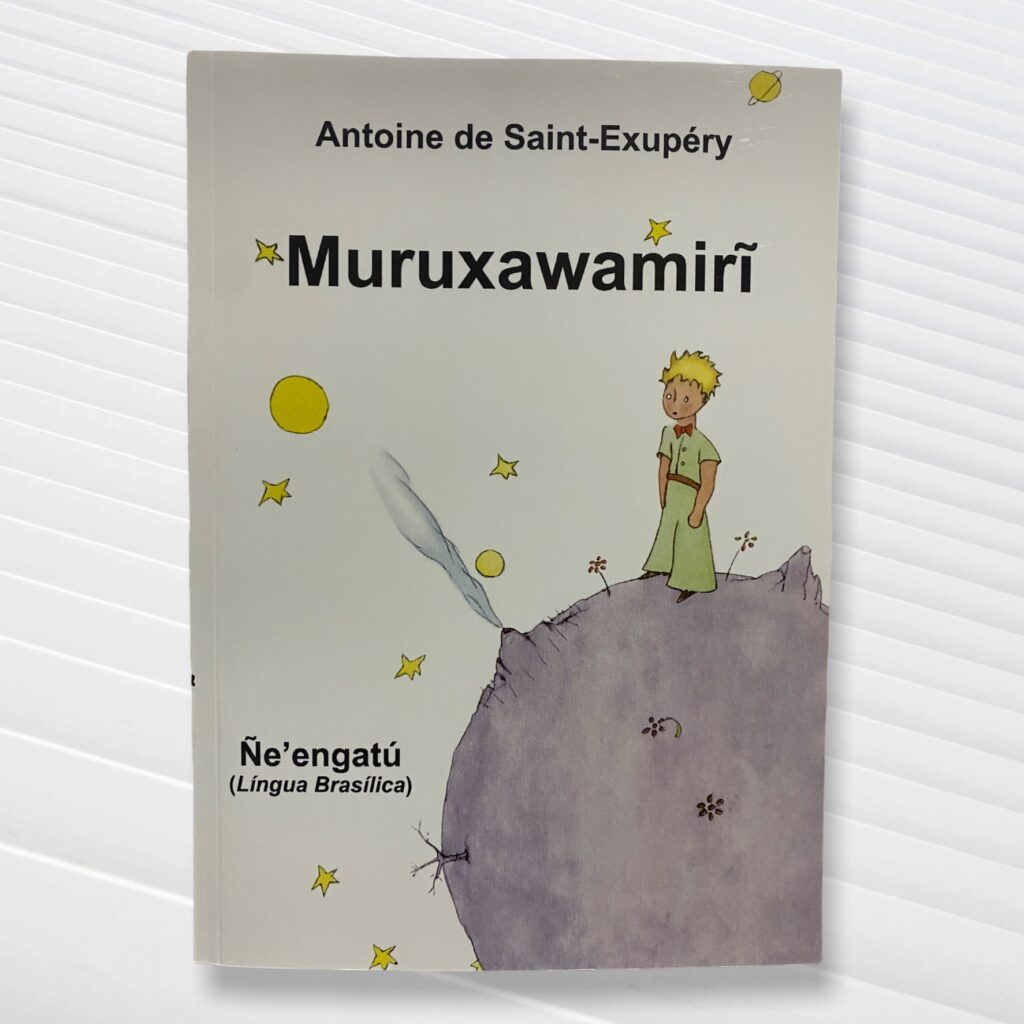
Muruzawamirī, in Nheengatu language.
The Nheengatu language, often spelled Nhengatu, is an indigenous language of the Americas from the Tupi–Guarani language family. The name of the language is derived from the words nhe’eng (meaning “tongue” or “to speak”) and katu (meaning “good”). Nheengatu is referred to by a large variety of names in literature, including Nhengatu, Coastal Tupian, Geral, Yeral (in Venezuela), Modern Tupí, Nyengato, Nyengatú, Waengatu, Neegatú, Is’engatu, Língua Brasílica and Tupi Amazônico. It is also commonly referred to as Língua Geral Amazônica (LGA) in Brazil.
Speakers of Nheengatu can be found in the Upper Rio Negro region, with a close variety spoken in the Middle Rio Negro region. More specifically, speakers can be found in the municipality of São Gabriel da Cachoeira in the state of Amazonas in Brazil, where Nheengatu has been made an official language (alongside Karu, Tukano and Portuguese) since 2002. Speakers can also be found in the neighbouring countries of Venezuela and Colombia.


